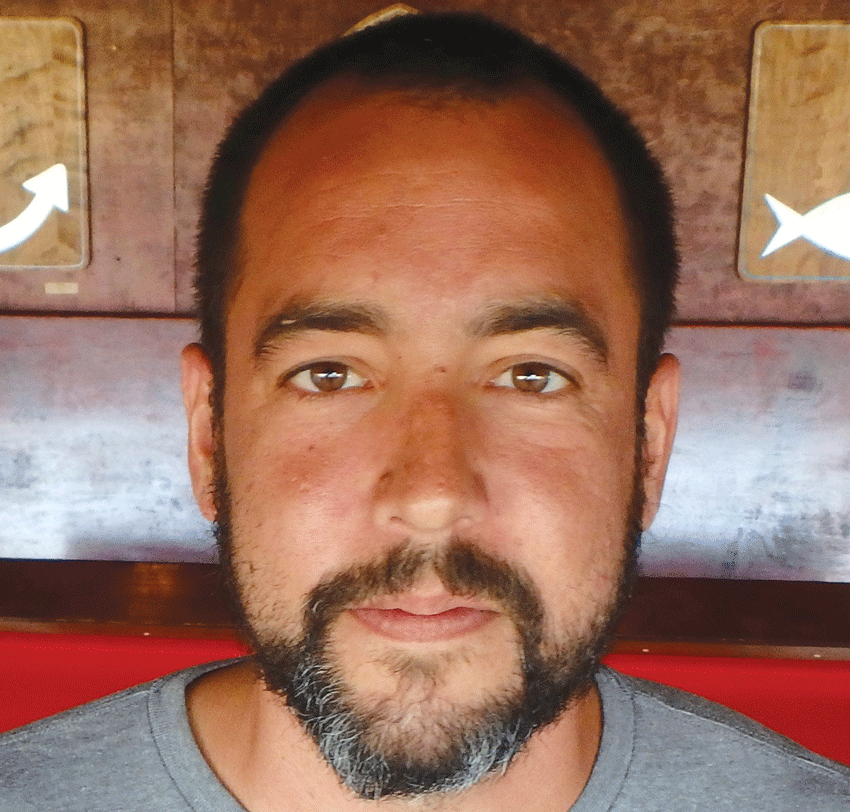The summer theater season gets off to a boisterous start with The Addams Family, the first of this year’s musical productions from Cabrillo Stage. Although it seems odd to apply words like “lively” and “exuberant” to characters so famous for their morbidity and ghoulishness, you can expect to have an, er, spirited time at this handsomely produced, enormously good-hearted, family-friendly show.
This is a relatively new property that opened on Broadway in 2010 and ran through the end of 2011. Written by Marshall Brickman and Rick Elice, with music and lyrics by Andrew Lippa, it is, of course, inspired by the macabre, darkly funny single-panel cartoons by Charles Addams that ran in The New Yorker for decades. The classic TV sitcom from the 1960s, and a couple of more recent theatrical films have kept these characters in the public eye since then, but the writers here cook up an original storyline that mostly takes its cues from the cartoons.
Director Bobby Marchessault sets the mood right off, inviting us to feast our eyes on William “Skip” Epperson’s splendid proscenium arch decorated with skulls, dagger-shaped supports, and cobwebs above a row of headstones. Fittingly enough, the show begins in a graveyard, where the entire Addams clan—led by proud patriarch Gomez (Adam Saucedo) and his slinky wife, Morticia (a seductively deadpan Danielle Crook)—arrives for its annual celebration of the dear departed.
Calling forth various ghosts of Addamses past, from different eras (a flapper, a conquistador, etc.) they all sing a very funny paean to their ghoulish life in “When You’re An Addams.” (These silvery-grey ghosts, in cheeky but elaborate historical costumes by Chiara Cola, serve a dual purpose as both chorus line and stagehands throughout the rest of the show.)
The plot kicks in with the show’s biggest departure from the source material: little daughter Wednesday, usually portrayed as a middle-grade moppet, is now a teenager (Gabrielle Filloux) in the throes of her first love. A dynamic singer, Filloux makes droll teen angst out of her struggle to reconcile the joys of love with the family credo of gloom. The problem is, her boyfriend Lucas (Ryland Gordon) is “normal.” And he and his straight-arrow parents, controlling Mal (Benjamin Canant) and dutiful but neglected Alice (Jessica Ellithorpe) are coming to dinner.
Wednesday confides to papa Gomez that she and Lucas want to marry. But she doesn’t want her mom to know until they announce it after dinner. This is a huge conflict of loyalties for Gomez, who has never, ever kept a secret from his beloved Morticia.
But, of course, the plot is the merest hook on which to hang the main business of observing the Addamses at play. And that’s where this production excels. John G. Bridges all but steals the show as a delightfully sweet and goofy Uncle Fester. (Fasten your seatbelts for the funky, yet utterly beguiling bit of stagecraft when he flies up to cavort with the moon.)
It’s a running gag that Wednesday routinely tortures kid brother Pugsley (Michael Navarro) on a rack—and how much he loves it. Deborah McArthur plays witchy Grandma with screechy sass, while David Murphy’s zombified butler Lurch, always in slo-mo, provides the show’s biggest, best surprise. Lippa’s songs are consistently clever, and the book is very funny. (“Wednesday’s growing up,” sighs Gomez. “She’ll be Thursday before you know it!”)
I’m pretty sure the concept of Gomez as a Latin lover originated with the delightful John Astin in the TV show; it continued with Raul Julia in the movies. In Addams’ cartoons, the characters are unnamed—and if the patriarch, as drawn, resembles anybody, it’s Peter Lorre, or possibly the Hunchback of Notre Dame.
But whatever the character’s origins, Saucedo plays Gomez with gusto, geniality, and a terrific singing voice. He couldn’t be any better. His long-awaited tango with Morticia concludes the show on a note of rollicking high spirits.
The Cabrillo Stage production of ‘The Addams Family’ plays through July 9 at the Crocker Theatre, Cabrillo College. Call 479-6154, or visit cabrillostage.com.




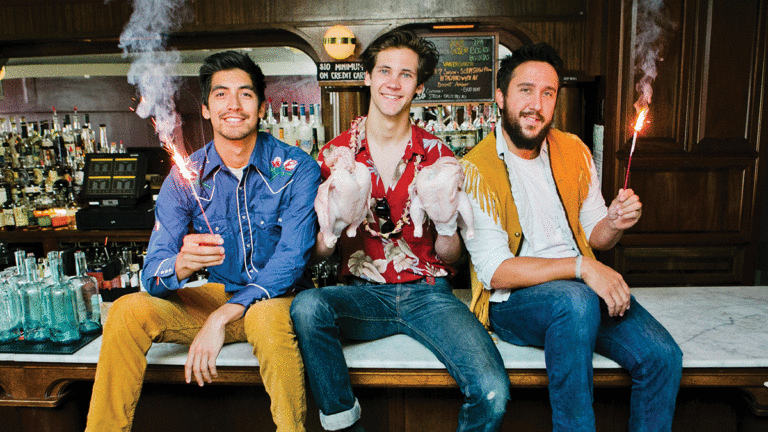
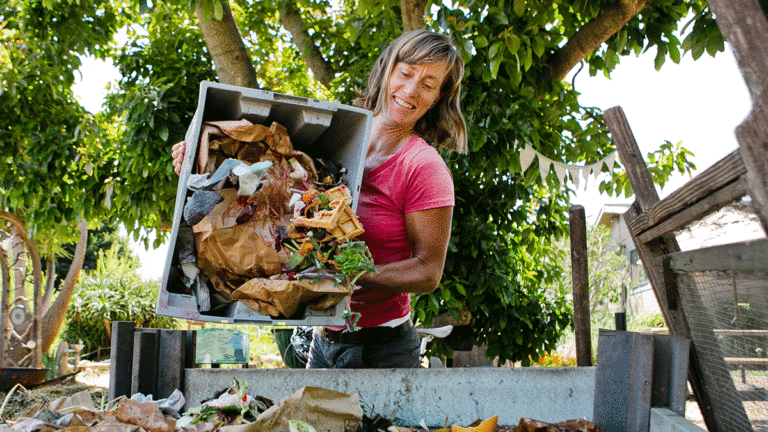
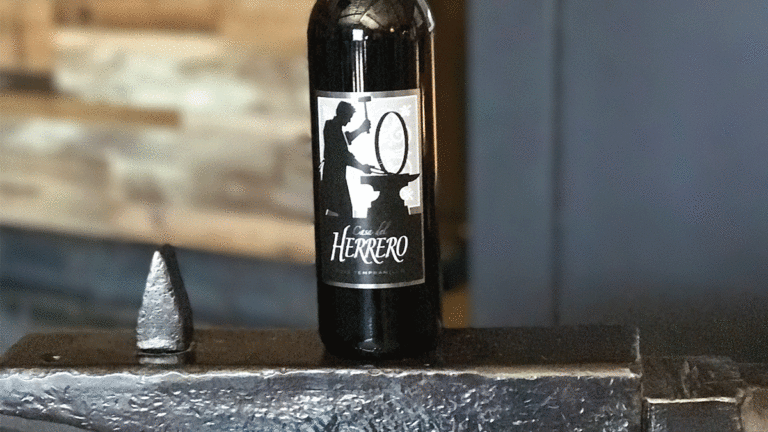

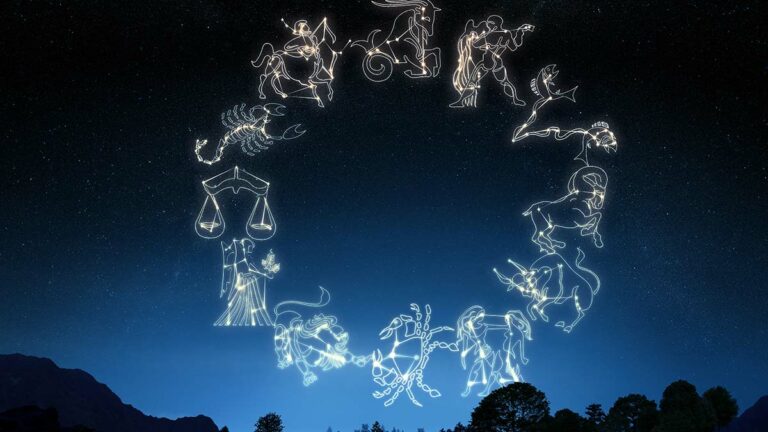



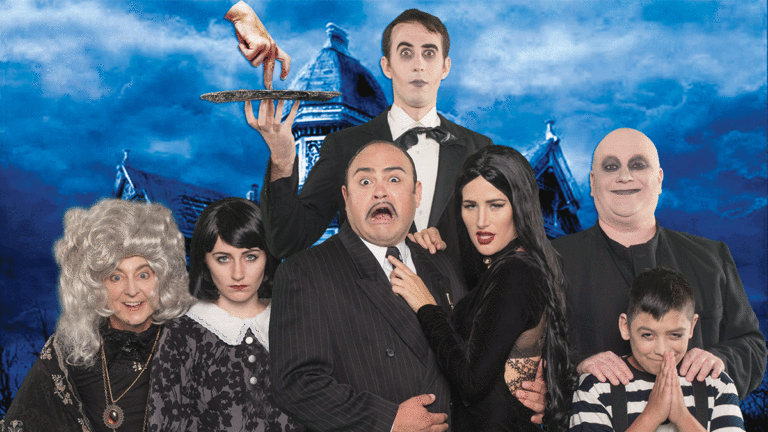
 Imagine a flourishing Jurassic Park in the gorgeous redwoods we call home—towering T-Rexes, lumbering sauropods, and feisty velociraptors … or, something like that. Could dinosaurs have thrived here? That’s what docent Micki Downs and Maura McNamara will explore with a flat one-mile walk to teach about animal survival through the ages.
Imagine a flourishing Jurassic Park in the gorgeous redwoods we call home—towering T-Rexes, lumbering sauropods, and feisty velociraptors … or, something like that. Could dinosaurs have thrived here? That’s what docent Micki Downs and Maura McNamara will explore with a flat one-mile walk to teach about animal survival through the ages.  It’s that time of year again—good weather, good friends, and a great reason to take the family to Pleasure Point for the most anticipated event of the summer. The area will be buzzing this Saturday, June 24, with seven local bands on two stages playing Americana, folk, funk, reggae and more. Kids get their own kids zone with face painting and crafts, while adults can indulge in a beer and wine garden from New Bohemia Brewing Company. The Santa Cruz Boardroom will hold a skateboard contest in addition to more than 90 vendors selling crafts, food, beverages and more. This year’s beneficiary is the Jay Moriarity Foundation, honoring the spirit of legendary waterman Jay Moriarity and supporting local programs that improve the quality of life for the community and environment.
It’s that time of year again—good weather, good friends, and a great reason to take the family to Pleasure Point for the most anticipated event of the summer. The area will be buzzing this Saturday, June 24, with seven local bands on two stages playing Americana, folk, funk, reggae and more. Kids get their own kids zone with face painting and crafts, while adults can indulge in a beer and wine garden from New Bohemia Brewing Company. The Santa Cruz Boardroom will hold a skateboard contest in addition to more than 90 vendors selling crafts, food, beverages and more. This year’s beneficiary is the Jay Moriarity Foundation, honoring the spirit of legendary waterman Jay Moriarity and supporting local programs that improve the quality of life for the community and environment.  Samuel Anddresen-Anderson hasn’t seen his mother, Faye, since she abandoned his family when he was just a boy. Now it’s 2011 and she’s made a reappearance, being accused of an absurd crime that takes the news by force in a divided political climate. Is she the radical hippie that the media paints her as or the average girl who married her high school sweetie as Samuel remembers? Nathan Hill’s
Samuel Anddresen-Anderson hasn’t seen his mother, Faye, since she abandoned his family when he was just a boy. Now it’s 2011 and she’s made a reappearance, being accused of an absurd crime that takes the news by force in a divided political climate. Is she the radical hippie that the media paints her as or the average girl who married her high school sweetie as Samuel remembers? Nathan Hill’s  Summer is finally here, and after all those months of the bitter California cold, we can finally enjoy Santa Cruz’s best seasonal offerings—like strolling through the Dinner Market on a balmy Saturday evening with friends, family, and community members. This Saturday, June 24, sample the best in local cuisine with a food market featuring 10 local vendors, including Kelly’s French Bakery, Hanloh, Ate3One Food Truck, Kickin’ Chicken and more. Santa Cruz Mountain Brewery and Beauregard Vineyards will provide libations while the Rhythm Street Rangellers, Doug Hopkins, and the Surfing Magicians will provide the entertainment.
Summer is finally here, and after all those months of the bitter California cold, we can finally enjoy Santa Cruz’s best seasonal offerings—like strolling through the Dinner Market on a balmy Saturday evening with friends, family, and community members. This Saturday, June 24, sample the best in local cuisine with a food market featuring 10 local vendors, including Kelly’s French Bakery, Hanloh, Ate3One Food Truck, Kickin’ Chicken and more. Santa Cruz Mountain Brewery and Beauregard Vineyards will provide libations while the Rhythm Street Rangellers, Doug Hopkins, and the Surfing Magicians will provide the entertainment. 

